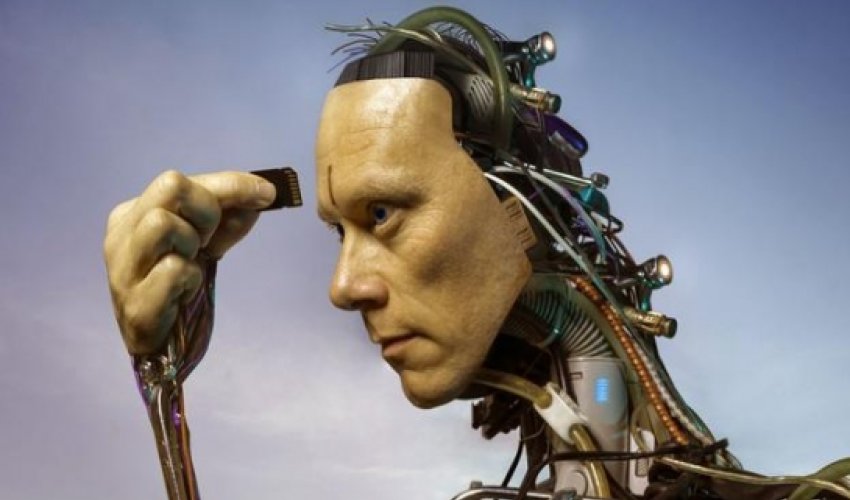Cyborgs: The truth about human augmentation

At the height of summer, when London was baking in unseasonable heat, I made an ill-fated trip to the Serpentine lido in central London. The Serpentine is a small lake in the heart of the capital where bathers have cooled off since the 18th Century. Leaving my clothes by the side of the lake, I plunged under into the refreshing water, only to hear it crackle around me in a peculiar way. I’d forgotten to take out my hearing aids. And just like that, the greenish waters of the Serpentine washed away my new-found hearing.The next day the devices were still lifeless little pebbles, one red and one blue, and I was lucky that my audiologist had an opening the following evening. I expected to be put in the doghouse when I explained what had happened, but he was delighted. “This tells me your brain has adapted perfectly to the devices,” he smiled.There’s a cost to this tightened integration, though. My brain is no longer tuned to life without prosthetics. Without my hearing aids, I hear worse than I did before I got them. The little electronic plugs have become an extension of myself. Although I can be physically separated from my hearing aids – I can take them out and hold them in my hand – my sense of hearing is not so easily picked apart. It exists partly in my ears, and partly in my devices.So I am now a cyborg out of necessity, not choice. Being part machine is my resting state. Yet I don’t feel much like Robocop or the Six Million Dollar Man. If I am a cyborg, shouldn’t I feel more, well, superhuman?There’s a big gulf between the fantasy vision of cyborgs, and the current reality of being dependent on an implant or a prosthetic in day-to-day life. If we’re to separate the two, we ought to pay close attention to those who are living in that world already.For this last column in my Beyond Human series, I spoke to a variety of very different people who I encountered this year. Each have embraced the idea of human enhancement, from an artist who hears colour to a man who can start a motorbike with a chip implanted in his hand. What secrets can they share about life as an enhanced human?It’s a myth that human augmentation is anything new,” says Amal Graafstra, the microchip implant pioneer I interviewed back in February. “Since the first humans picked up sticks and rocks and started using tools, we've been augmenting ourselves.” The tools have simply gotten smaller and less cumbersome to use. “That has always been the trend, and that will continue to be the trend. From rudimentary objects like rocks and sticks, through forged steel and circuit boards, and onward to gene therapies – the common thread is transhumanism; to constantly and fundamentally transform the human condition.”This idea of transformation is often cast as risky. In science fiction, stories abound that technological enhancement will lead to a society of haves and have-nots. So does transhumanism offer a stark choice of evolve or perish?“Some would express fear that emerging augmentations would create an arms race, that threatens to leave behind those who choose not to be augmented,” agrees Gennady Stolyarov, who told me in April that death was not inevitable. “But this assumes everyone will seek to compete with everyone else.”(BBC)Bakudaily.Az




































 Photo
Photo 



 Video
Video 

